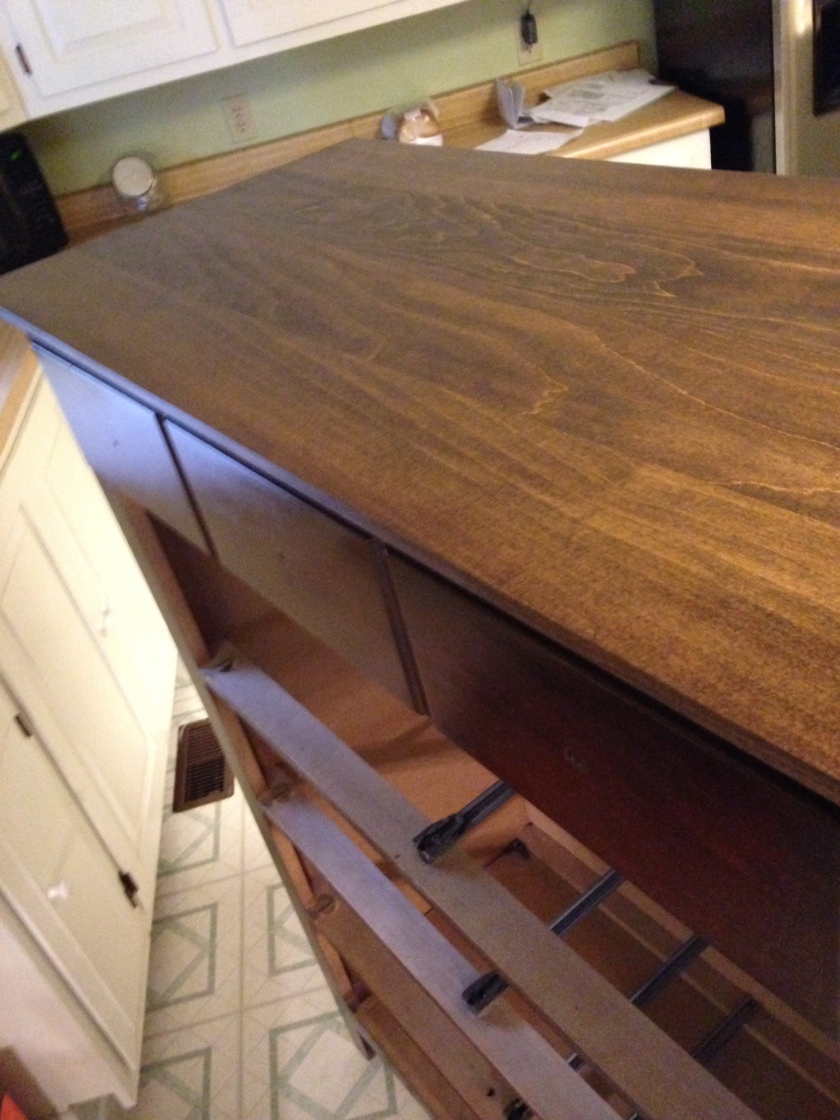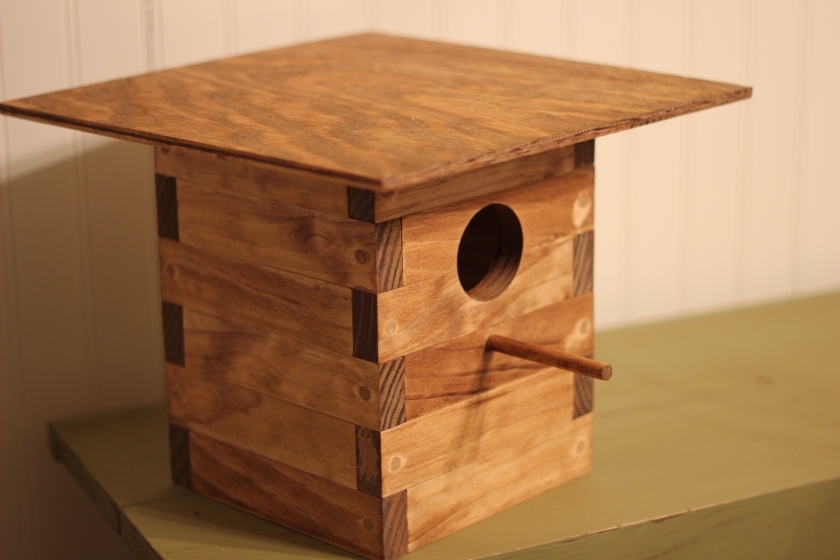Turned Bowl
This week, I turned a bowl out of dry mystery hardwood on the lathe (comment below if you recognize this wood species). This is my first turning project, and my first bowl. It’s nothing fancy, but I’m proud of it. I can tell I will be doing a lot of lathe projects, it is very addictive. I cut this board into squares, and glued the pieces together to make more of a cube. Then I cut the corners off on the miter saw. I drilled a pilot hole for the wormwood screw to mount it on the lathe. I shaped the outside of the bowl first, and cut a mortise on the bottom so I could mount it on my Nova G3 chuck. Next, I hollowed out the inside of the bowl. I drilled the bowl to depth with my largest forstner bit. This really made finding the final depth a lot easier. All that was left was to remove material to the thickness I wanted. I finished the bowl with Minwax Polycrylic. Since this …






